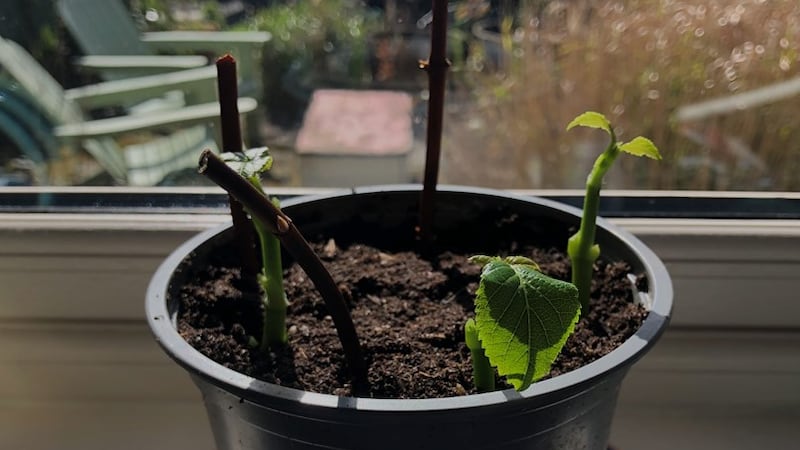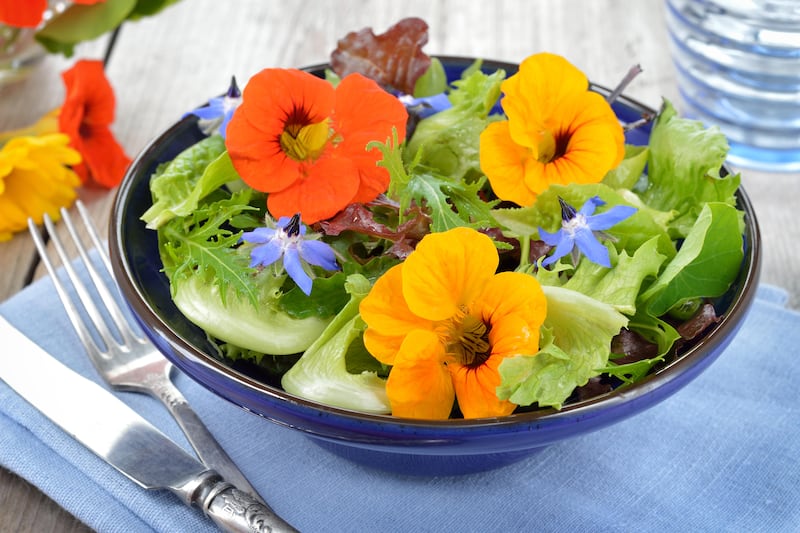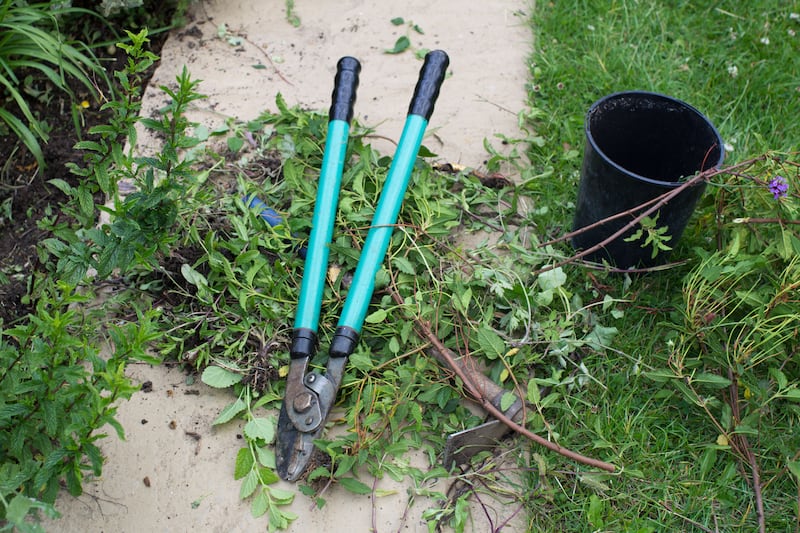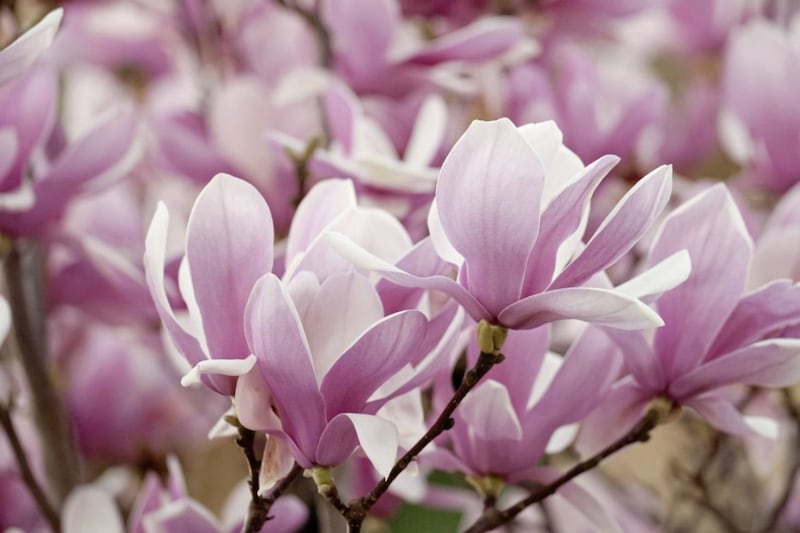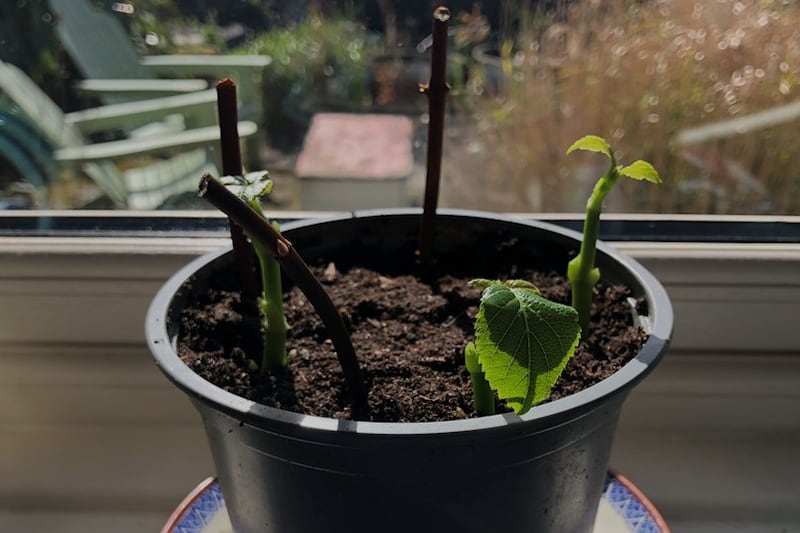With a little over two months until the summer solstice, the days are nearing their longest, and accordingly the sap is rising all around us.
In the coming weeks most deciduous plants will experience an unequalled spurt of growth. This is the ideal time to propagate using softwood cuttings, harnessing spring’s vigorous growth rate to create a new generation of plants.
They are so-called ‘softwood’ because the selected section should be fresh and fleshy, the cells yet to harden as they will increasingly throughout the season. Softwood cuttings can be taken from now through to August, when first ‘semi-ripe’ then ‘hardwood’ cuttings become the seasonal preference. As a rule of thumb, the sooner a plant comes into leaf, the sooner a softwood cutting should be taken.
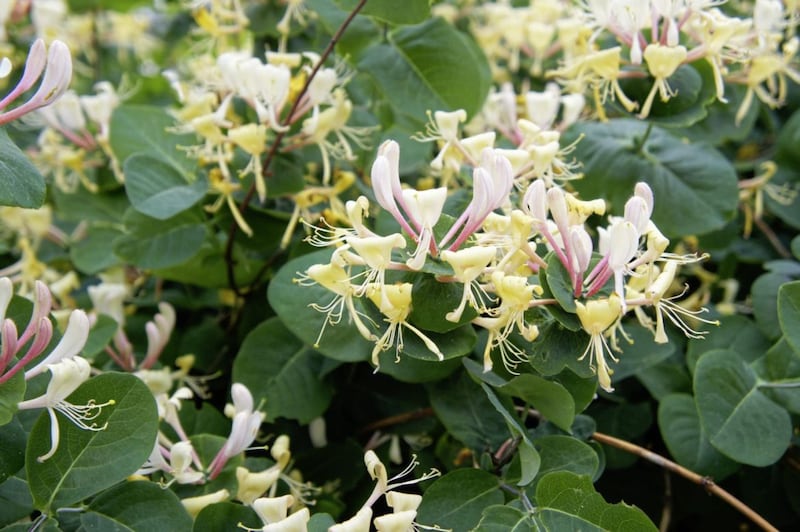
In whatever stage of growth the cutting is taken, the ideal growing medium should be a low nutrient mix of commercial or home-made peat-free compost, horticultural grit and, if you can get some, perlite. Specific composts for cuttings are available, and are potentially a wise investment if you plan doing more than just token propagation.
For instance, a skilled propagator can boost their annual bedding plant population by five-fold over a matter of weeks if they time it right, or in just a couple of years you could have enough hedging shrubs to stretch 100 yards, both saving money and wallowing in unrivalled self-satisfaction.
Don’t waste compost by filling a deep pot. A depth of 10cm growing medium should be adequate, with the newly-rooted plant potted on before it outgrows its pot.
Softwood cuttings are the fastest to root but require greater humidity to avoid wilting, so in the absence of a propagator use a transparent polythene bag to cover the pot, or a white bag when it’s being placed on a sunny windowsill to avoid scorching. Cuttings taken earlier in the season are also more vulnerable to pests and diseases, so be vigilant.
It’s recommended that you take cuttings in the early morning when the stock (parent) plant is fully turgid. Freshly taken cuttings should be kept as cool and as moist as possible until they are ‘stuck’.
Avoid taking cuttings from plants that display symptoms of moisture stress or nutrient deficiency but also be wary of those that have been heavily fertilised with nitrogen, as they may not as easily. Cuttings taken from younger plants have a greater ‘strike’ rate than those from mature plants, while non-flowering stems root more readily as they contain more of the necessary hormones. If the only available stems have flowers, cut them off in order to divert the cutting’s energies into rooting.
Once you’ve located the freshest, healthiest growth, use a sharp knife or secateurs to cut around eight inches off the top, severing the stem underneath a node where young buds are appearing.
Strip off the lower leaves and pinch out the tip, before dipping the bottom end in rooting powder and placing three or four cuttings around the edge of a pot. Place the cutting up to half its length into the medium, ensuring its the right way up with the buds pointing skywards. Keep you compost moist and mist the cutting on a regular basis.
In a few weeks fresh growth should appear, a clear indication that your cutting has struck and is ready to be re-potted on its own.
Perennial plants that root easily include salvias, hydrangeas and geraniums. Good shrubs and trees for beginners include acer, lavatera, dogwood, honeysuckle and hardy fuchsia.
